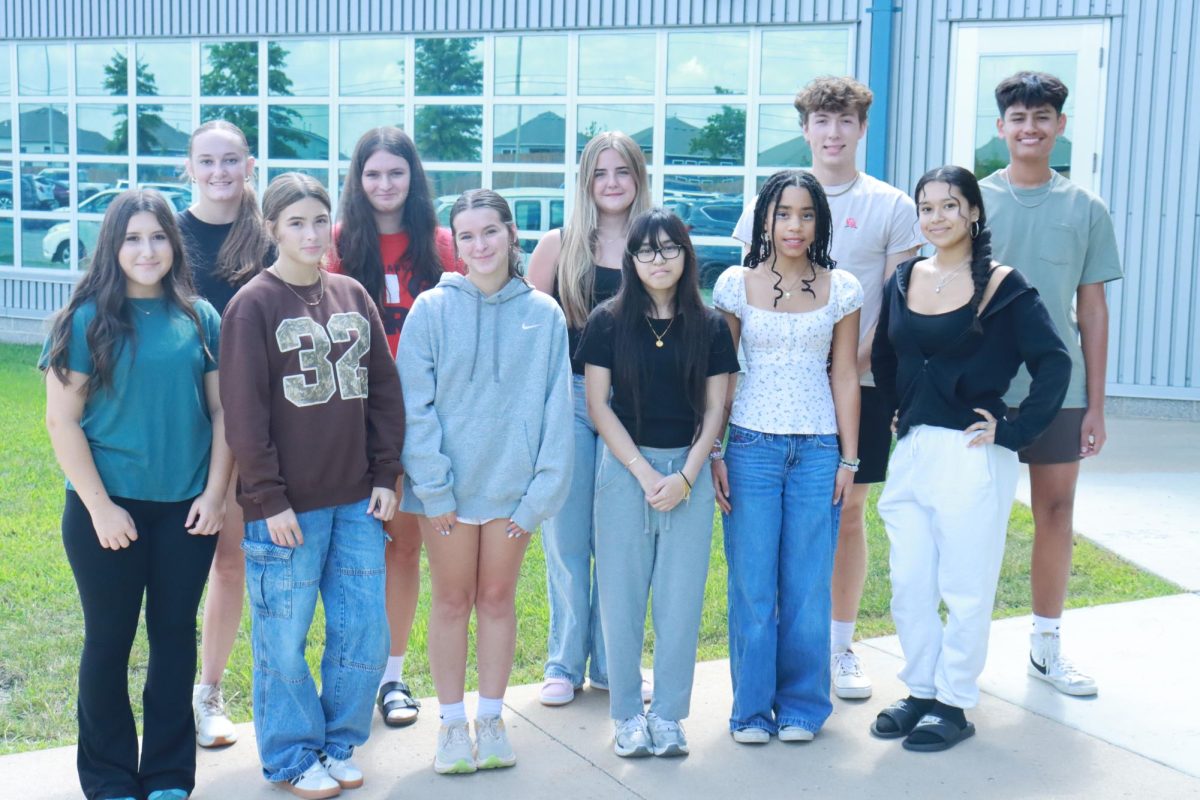OPINION: Learning Should Stay Online
Isaac Peterson gives his opinion on online vs. in-person learning structures.
Apr 18, 2022
COVID hit Kansas around March 7, 2020, and a little after it hit our schools and gave superintendents and administrators a big issue: How will we teach students? Online schooling was the best option at the time, and it was very effective – disregarding the lack of social interaction and that students could go to sleep whenever they wanted. Most teachers still use Schoology to turn in assignments and study material. Still, some cannot fit their lessons into an online setting, which is why it is optional to teach through technology or through hands-on material.
“The problem with online teaching is keeping students interested and connected,” chemistry teacher Kent Muyskens said. “Honestly, I wouldn’t say I liked how we did it during COVID. If I were to do it again, I would probably change things quite a bit from how we did it last time.”
Learning should be engaging and appealing to students for better grades and student activity. Finding a way to make online learning engaging is what some teachers have opted for.
“The good news is that students are doing the work,” math teacher Mike Hibit said. “In the past, most students would do it because most students are simply compliant with expectations. For most students, there is a moment at home where they feel lost on the homework. They might feel like the lesson went well in class, and that they understood the content. But then they get home and are lost. This model forces students to be engaged in class and it allows me to be the most helpful I can be since they are doing the work in my classroom. I think it improves engagement. Math lessons can be boring to listen to. But when you are working with purpose, you’re focused and getting it done.”
The methods used by Hibit seem very successful and engaging with students. The difference is that participation out of class has risen because it’s not a long homework assignment, but a fifteen minute video that students can work through at their own pace instead of working on homework for hours at home.
“The only difference in my teaching practice is that I condense the instructional portion to a 15-minute online video instead of a 45-minute in-person lesson,” Hibit said. “Students can work at their own pace, pause or review as needed, and note their questions for seminar or our next class meeting, or they can pose their questions in an email or on Google Classroom.”
As well as increasing engagement and participation, Hibits’s class has gone up 5% in grades with the change to online learning.
“My data suggests a 5% increase in student performance than a typical year,” Hibit said. “That’s huge. Obviously, the grade isn’t everything. Sometimes the grade doesn’t equate to real learning. I believe, however, that the data for their performance in their next math class will highlight some recovered Algebra 1 skills, allowing them to be successful in Algebra 2 despite the almost three quarters of remote learning last year.”
Although grades are not everything and online learning may not be the most engaging for most teachers and their subjects, some teachers have found a way to give their students a better experience through online learning.






